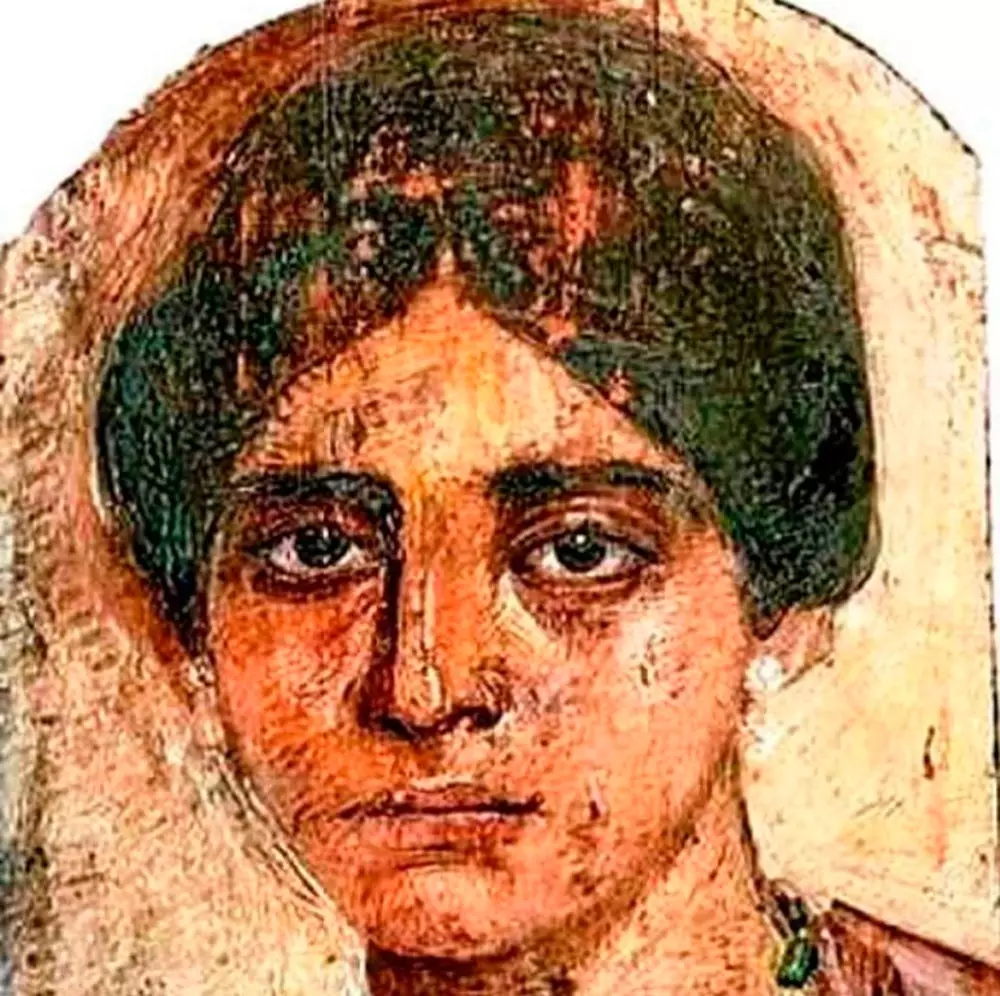
Possible portrait of Egeria
Let's go back for a moment to year 382 . The docks of the port of Constantinople (Istanbul from 1453) are crowded with people from all corners of the Roman Empire. Egyptian, Italian, Greek and Palestinian merchants mingle with soldiers, bishops and monks, while the cries of the stevedores, fishmongers and vendors surround the waters of the golden horn, in what is now the bustling Eminonu district.
The area between the current Mosques of Cami and Suleiman it was in the 4th century the closest thing to the City of London today . There, in the middle of the crowd, appears a luxurious litter carried by slaves in which he travels Egeria, the traveling Galician.
Her name has come to us thanks to her Christian condition. Pedro Deacon, abbot of Montecassino, turned to the writings of an ancient Roman lady to illustrate his catalog of locis sanctis around the year 1137 . Had they been written by a pagan, those writings would not have passed the zealous filter exercised by medieval copyists. Western Europe then lived in the spirit of the Crusades, and needed stories to illustrate the holy places in a more poetic way than the crude descriptions provided by the Crusaders returning from the Holy Land.
Peter found in the words of egeria an accurate description of the holiest places in Christianity: Bethlehem, Nazareth, the Church of the Holy Sepulchre, Mount Sinai... Knowing his worth, he copied that story for the enjoyment of the monks of the Abbey of Montecassino, at that time the richest in Italy, and there it remained until it fell into oblivion.
In 1884, an Italian philologist named Gian Francesco Gamurri finds it misplaced in a ancient library of Arezzo . The beauty of notes fascinated him: Egeria wrote heartfelt letters to hers “dominae et sórores (ladies and sisters)”, whom she missed very much, describing the places she visited and the people she met there. Besides, she did in a relaxed and cheerful style; like Instagram, but in the format of papyrus sheets.
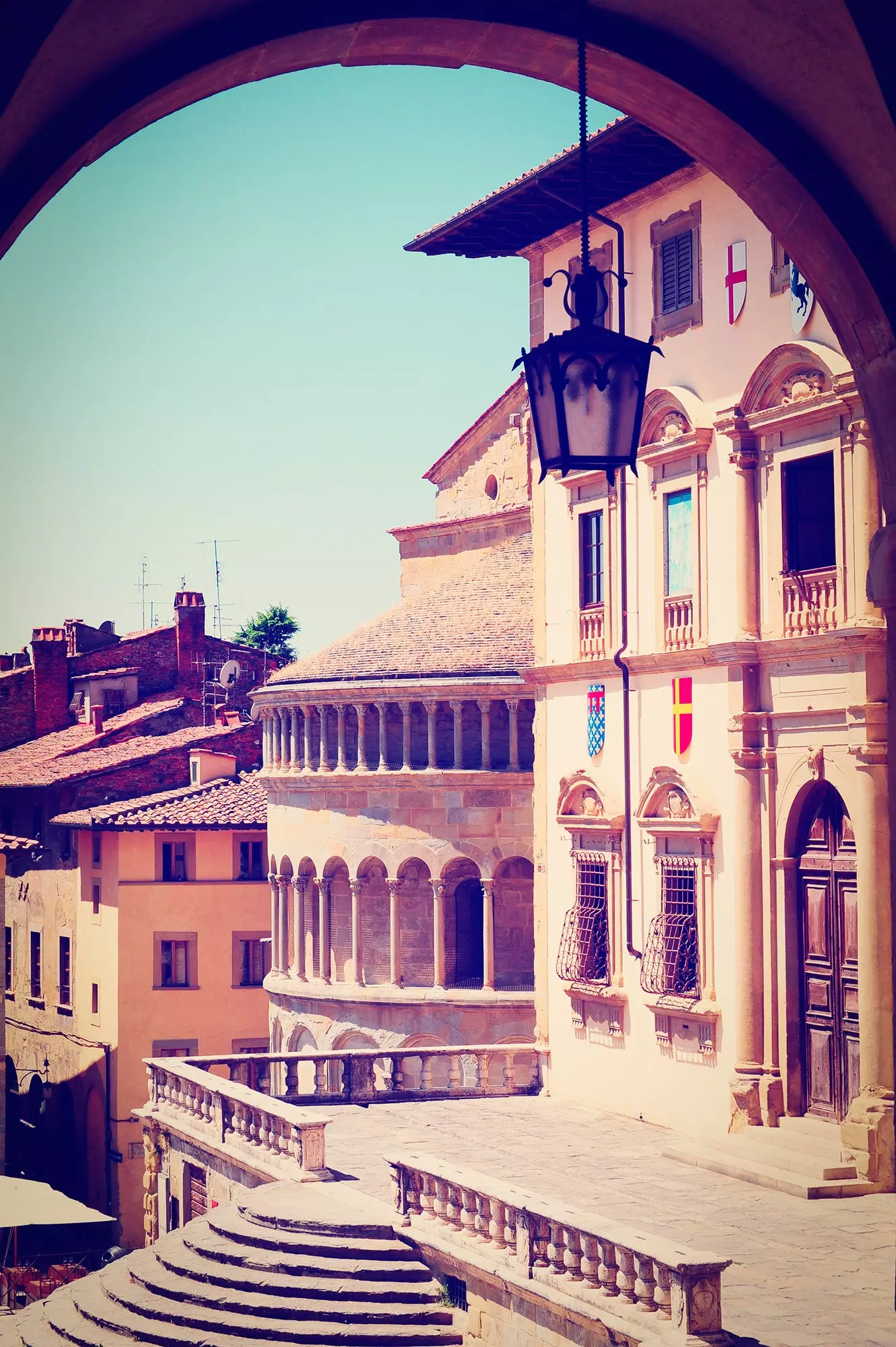
Egeria's words were found in an ancient library in Arezzo
The descriptions of her were full of details and personal appreciations that denoted that Egeria was a lady of culture , surely belonging to the imperial aristocracy . of her the use of her of the sermo cotidianus , the vulgar language of the Roman Empire which led to the different Romance languages, philologists fell in love at the end of the 19th century.
Only her name was unknown. She then aroused her curiosity to know who was that traveler that she ended the words in a very similar way as the Galicians do today .
a French philologist, Mario Ferotin , perceived the peculiar linguistic provincialism of the woman, and she searched in the Hispanic Northwest remnants of some Roman pious. rereading some writings of Valerio del Bierzo , a celebrated monk of the 7th century, found a mention of a certain etheria , in which he extolled an intrepid and very Christian Hispanic traveler. The puzzle was complete.
Once the character of Egeria came to light, the questions surrounding her person were limited to earthly issues. What were the reasons why this “intrepid” woman, as described by Valerio, embarked on a round trip that took her four years (381-384 AD)?
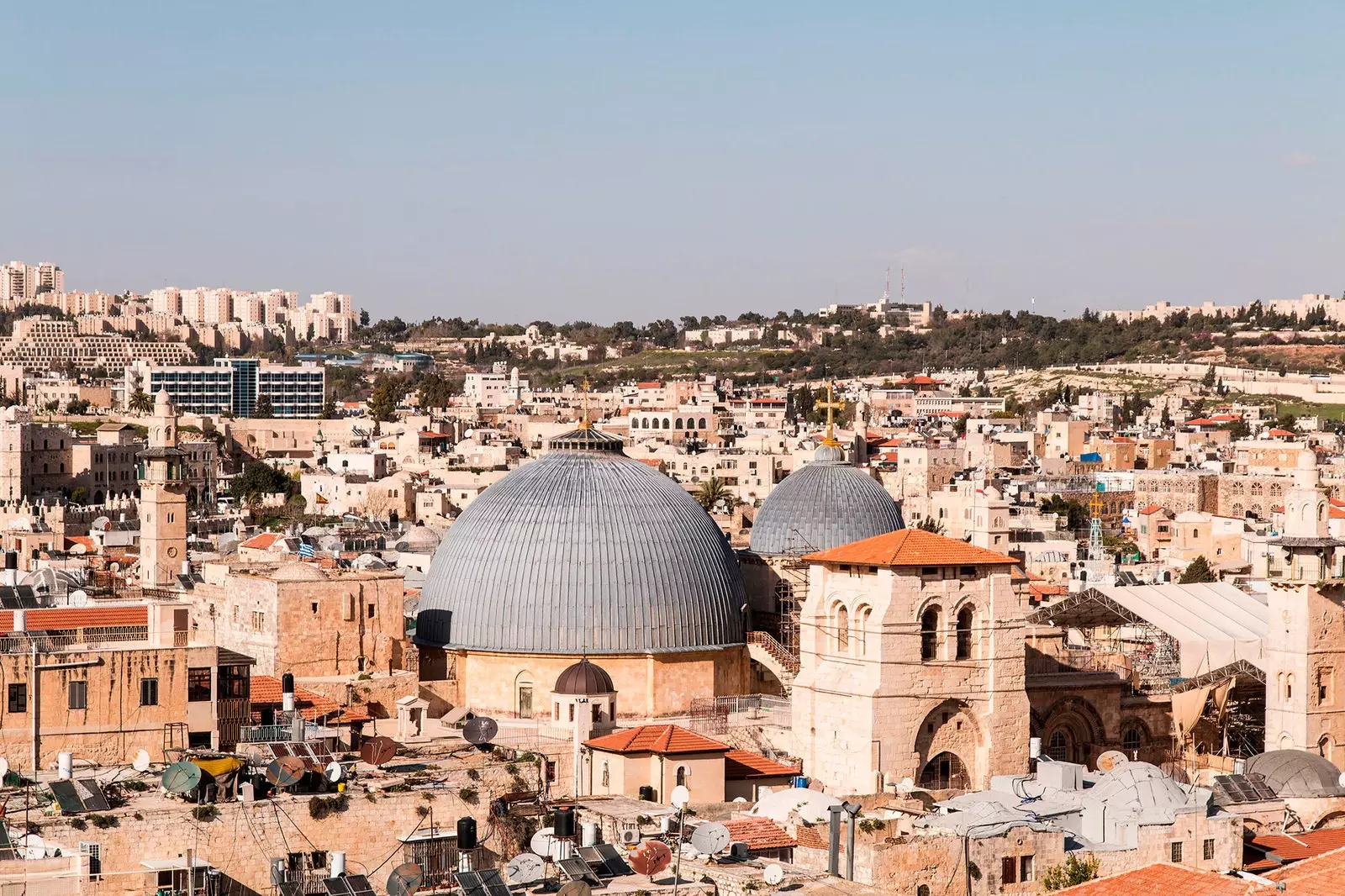
Church of the Holy Sepulcher in Jerusalem
The reason lies in the fashions and trends, which were already doing their thing in the middle of the 4th century. And as usual, it is the most influential people who give them visibility.
A generation before Egeria lived Elena, mother of Emperor Constantine (first Christian emperor) who was the most devout and powerful of the Roman women. She so much believed in the words of the Gospel, that one day she appeared in Jerusalem and she unearthed from Golgotha the Holy Cross , in the place where it stands today the church of the holy sepulcher.
in full christian maelstrom, with the Empire converted and the old gods rejected from it, many patricians able to afford it struck out on the road to the Holy Land: everyone wanted to step on the places visited by Jesus, and incidentally, demonstrate their acceptance of the new imperial religion. As is the case today in the "touristized" historic centers, the residents of the Holy Places such as Saint Jerome or Gregory of Nyssa they shouted to the sky before the avalanche of curious visitors, criticizing the forms and manners with which the pious Christians presented themselves in the sanctuaries of the Middle East.
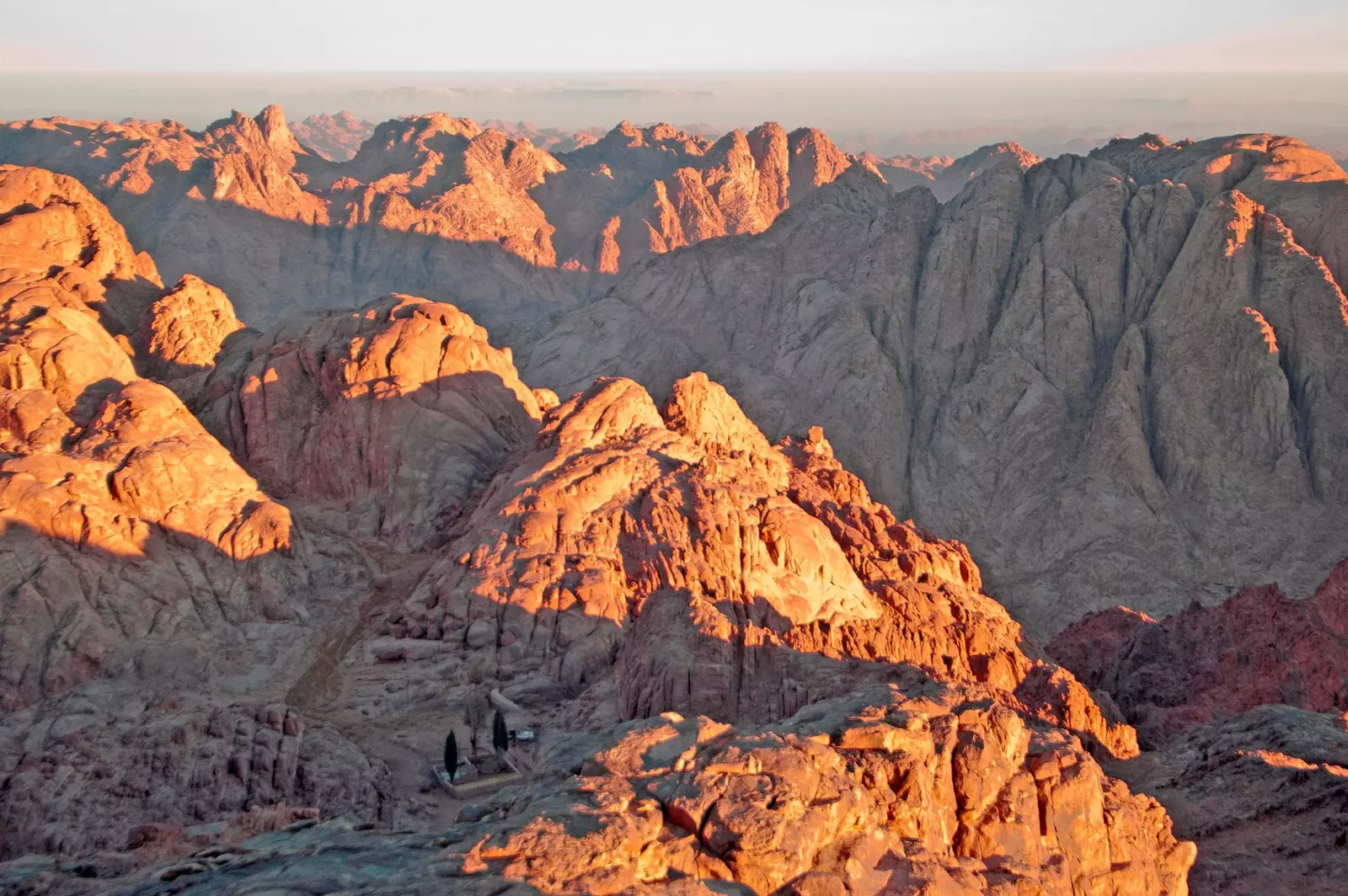
the mountains of sinai
Egeria was one of these fervent pilgrims that, wishing to share Elena's happiness, she went to Jerusalem from the gate of her Galician village. Today it may seem crazy to undertake such a distance on foot, and even more so, from a land as far from Palestine as Galicia.
However, in the fourth century, the sophisticated road network connecting either end of the Roman Empire greatly reduced distances. Egeria followed the via Domitia , whose route practically traces ** the current AP-7 (Spain) and A9 (France) ** to the north of Italy, and from there, she embarked for Constantinople.
Today's Istanbul was, and continues to be, the "Gateway to the East". She there she visited ** Chalcedon, the current Kadiköy **, which today is one of the liveliest districts of the Turkish capital. The spice and fish markets that crowd its streets between entertainment venues and hundreds of food stalls seem to be taken from the very eyes of Egeria.
Today, Kadiköy is a piece of Europe inserted in Asia , but for Egeria, It was the start of the hardest part of his journey. : cross the Turkish plateau and the imposing Taurus mountain range. Across the hills she waited Tarsus, the city of Saint Paul, and later, Antioch , which at that time had more than 500,000 inhabitants. Thanks to Pompeii Now it is easy to imagine what a Roman city would be like; however, archeology cannot transport us to the smells, noise and daily scenes of the third city of the Empire.
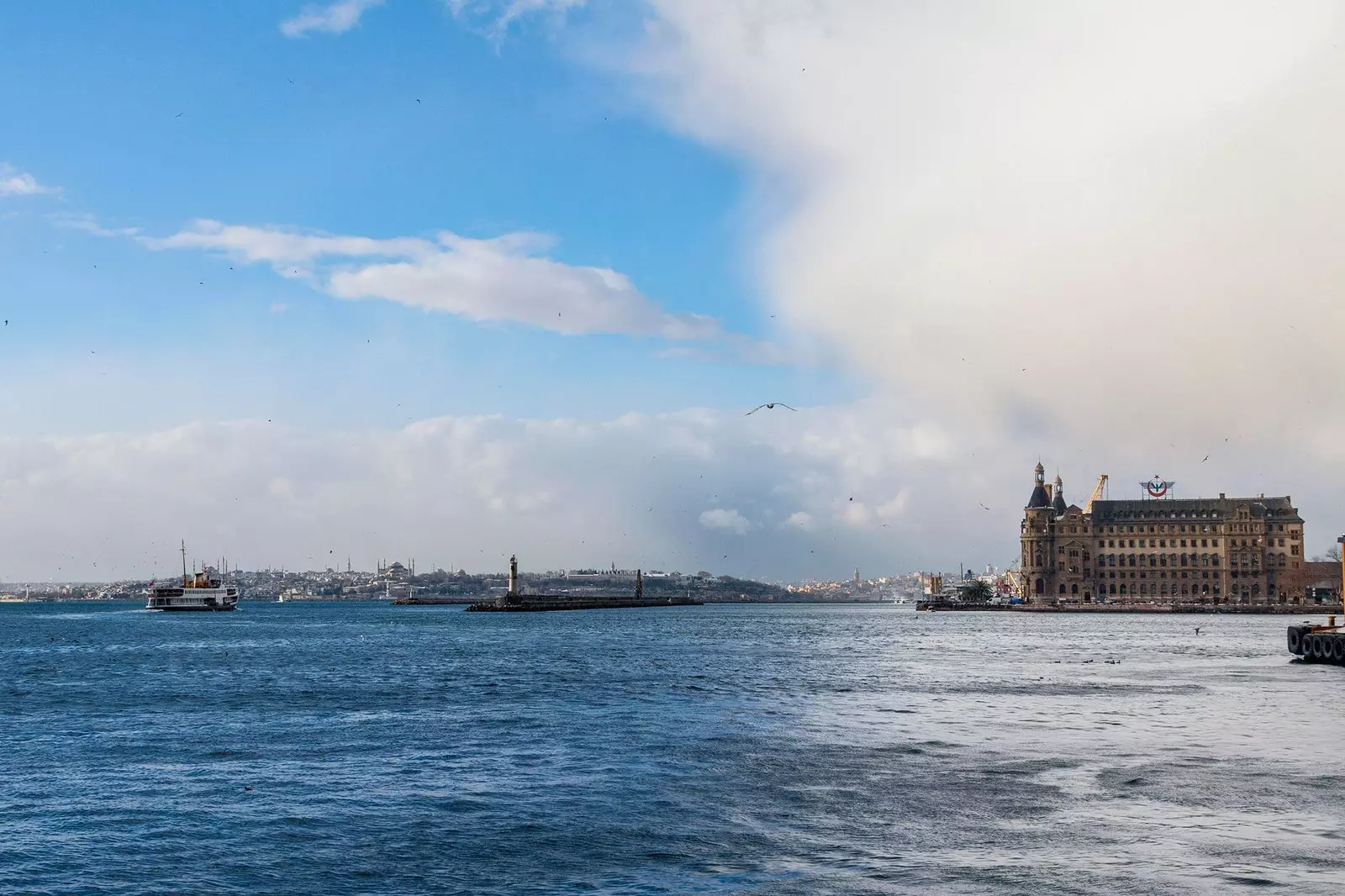
Kadiköy is a piece of Europe inserted in Asia
Cities were not "tourist" places in the fourth century: unhealthy, full of thieves willing to take advantage of the foreigner, expensive and dangerous as soon as night fell . They didn't have much to offer travelers. It is true that Egeria, as an aristocrat that she is, is received wherever she goes bishops and authorities They try to make your stay as pleasant as possible. However, the attractiveness of forums, temples and buildings of the cities eclipses the one she occupies her eagerness to reach ** Palestine **.
Following her scale in Syria , Egeria continues without further ado her journey towards her only goal: the holy places. After praying at the tomb of Jesus in Jerusalem, she travels to Egypt, visiting the anchorites living around Thebes , isolated in the caves that open up on the steep terraces that enclose the course of the Nile river . It was the place known as the "Thebaid" , famous for the asceticism of its hermits. These Egyptian monks who lived in solitude in the desert inspired Hispanics like Valerio del Bierzo , which in the seventh century established its own "thebaid" in the current Bercian Valley of Silence.
It was precisely Valerio who most admired Egeria, and also the first who defined her as “nun (monialis)” . This term has aroused some controversy: in the fourth century, the nuns did not yet exist. There were women who, as a symbol of extreme piety, gave their virginity to God, and that they possessed a sense of community similar to that of later Beguines. The monasteries closed to stone, as well as the strict rules of monasticism, obey medieval times.
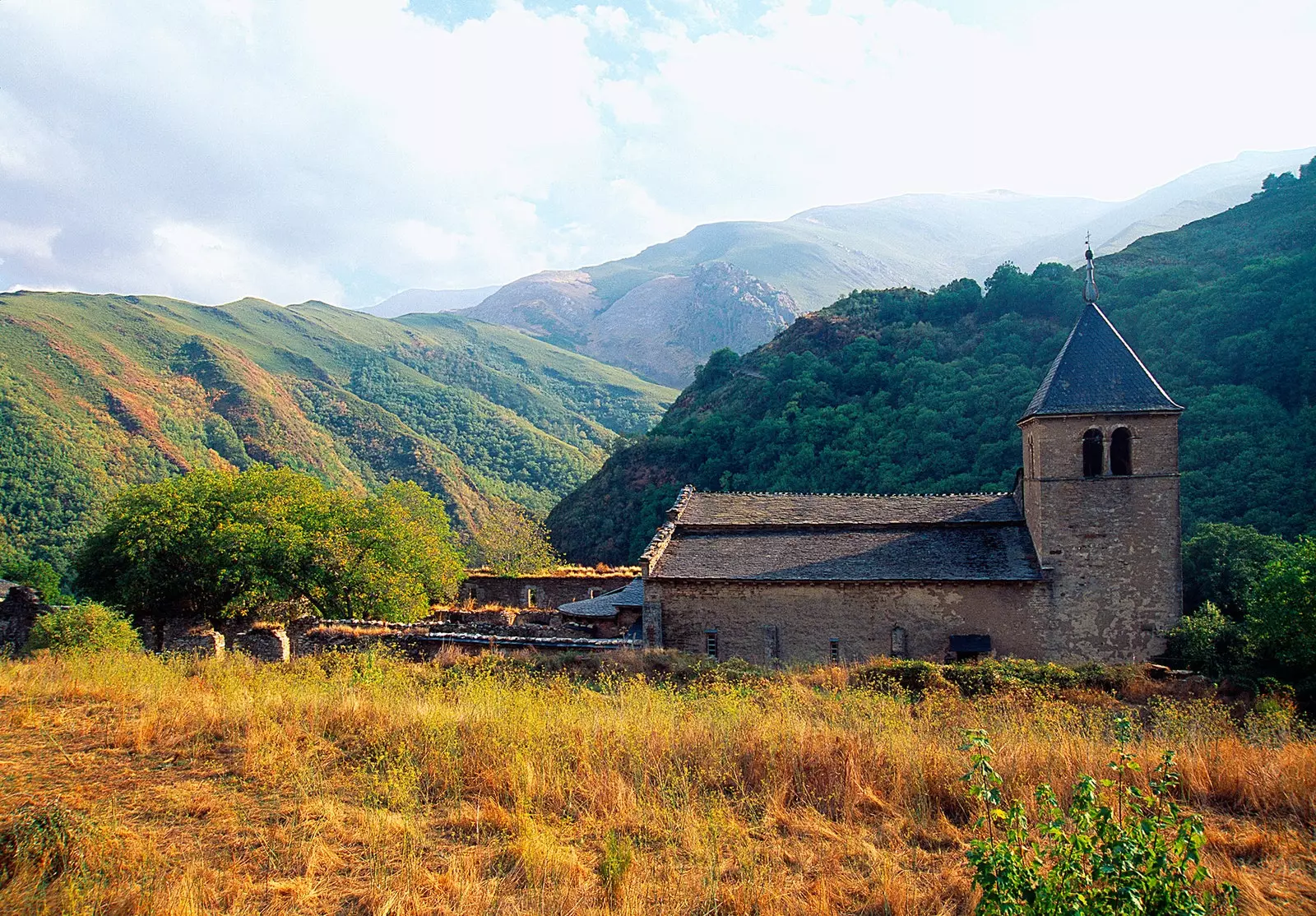
Valley of Silence in El Bierzo
This differentiation is important, since makes Egeria the first Spanish “tourist” , adding one more title to her status as dean of the writers and travelers . The Galician did not leave as a representative of an institution, or driven by a position or business to which she could agree to participate in the "fashion" of the pilgrimage, but by proprio motu . Single her eagerness to see more (because as she herself writes, “I am very curious”) took her to climb Mount Sinai, leaving us a beautiful description of surroundings that today, in the XXI century, look practically identical.
The secular isolation of the mountain and the monastery that keep at her feet the "burning bush" has allowed that in the valley where according to the Old Testament, and he Jewish people awaited the return of Moses , time has not passed.
Nowadays, opening a page and buying a plane ticket is very simple. Then, it was necessary to scratch the devotion that only a nun can achieve to embark on an adventure of more than five thousand kilometers. Her feat is recognized both in our country, where the editions of her itinerarium they can be found in bookstores as well as abroad.
Germany started in 2005 the so-called “Egeria Project” to make one trip per year to each of the countries visited by the Galician traveler . The recognitions show that the centuries do not weigh on the Itinerarium of this intrepid pilgrim. His spirit of adventure and her curiosity are so human that, digging through the distances that The weight of history imposes on us, we can find an Egeria in each of us.
